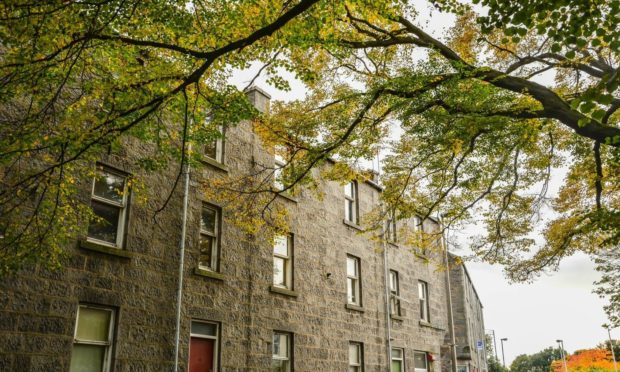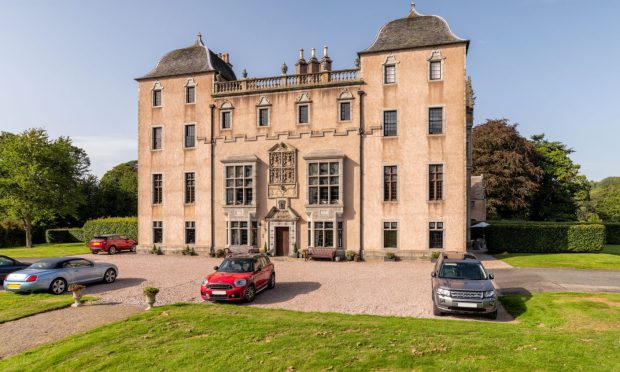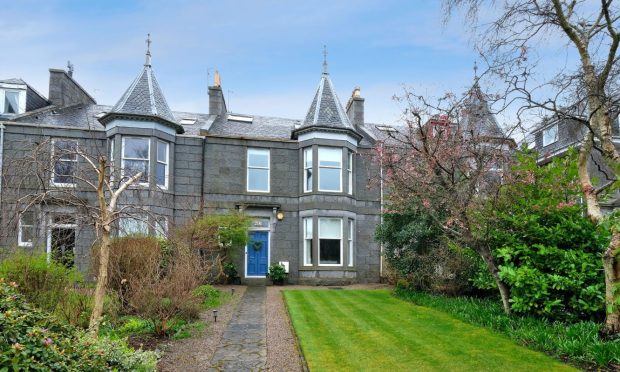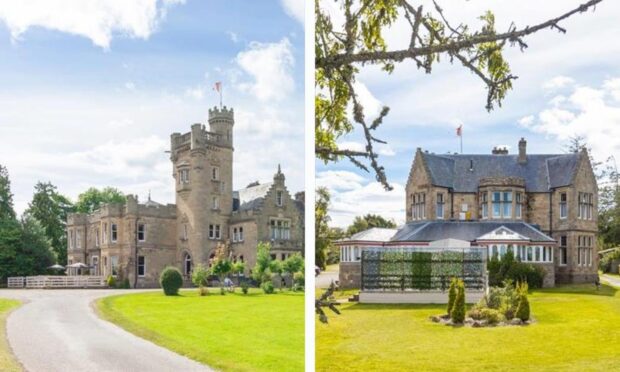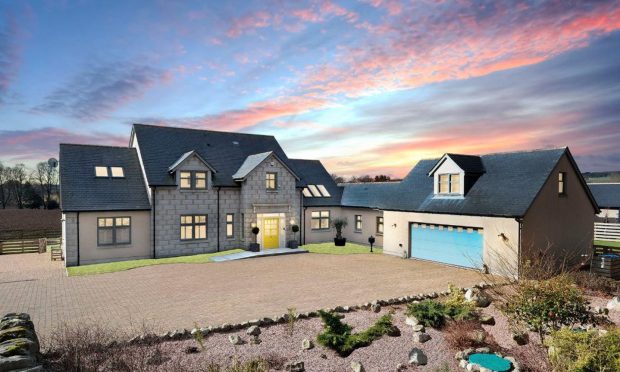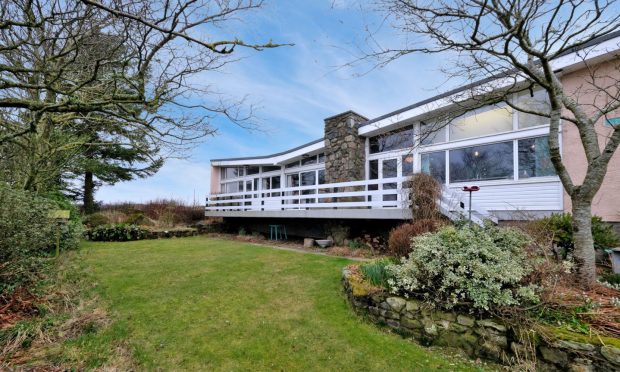“Boom to bust” is the perfect headline for the history of Aberdeen’s property market.
Monday’s Evening Express took a fascinating look back at the way it was for home buyers in the granite city before, during and after the oil rush. All of us who lived through those hectic years either did pretty well or missed out.
Today, if you’re a seller, you’re struggling; a buyer, and you could make a killing on the house of your dreams. Prices have dropped by a whacking 20% in five years. And the tenement story is even more grim.
For most of my life, 10 or 11 years is the longest I’ve ever lived in a house. The 21 I’ve spent in my present place is truly record-breaking. It’s by far my favourite.
I got something of a bargain pre-oil debacle and I think it’s still worth a bittie more than I paid for it. However, looking back, my timing has been sorely and sadly ootskit as far as cashing in on what used to be Aberdeen’s property boom. Always just a whisper away from making a small fortune.
My long-term plan is to be carried oot my hoosie feet-first
In the late 1950s, our tiny attic flat in Rosemount’s Watson Street – two cludgies two floors down, shared by five families; sink and cooker in the living room – cost £280. Eventually, thanks to those council grants, we had a bathroom conversion.
It sold for £10,000 in the 1970s, then was up for offers over £100,000 in the 1990s. Spik aboot boom-boom! My utter, nutter madness came in 1971 when I decided to move into a flat – but instead of buying, I rented. Feel gype par excellence. Just when the oil started flowing and prices were beginning to climb.
I could have been in on the ground floor with a ground floor money-maker. Bought for maybe £10,000, then sold just a pucklie years later for £50,000 plus. Then invest again… if only.
I’ve already warned my kids that I aim to live long enough to be a burden to them. Now isn’t that a perfect plan?
Given marriages and divorces, I was in and oot of four hoosies: a wee yin, two semis then a big detached. The first was the tiniest flat known to man in Wallfield Crescent, where the bed was up on a platform behind the galley kitchen. We’d almost to pay someone to buy it off us.
As for the others, yes I did make a few thousand, especially when I downsized to my current but ’n’ ben, which is deffo my dream home. For a start, it’s a bungalow; my house-hunting neighbour tells me they’re flying off the ASPC books just now.
No upstairs means that my long-term plan is to be carried oot feet-first. Anything but having to be carted into a home and see my dosh go down the plughole on those extortionate fees.
Fortunately, my kids live reasonably nearby. I cared for them, so they can care for me in my dotage. I’ve already warned them I aim to live long enough to be a burden to them. Now isn’t that a perfect plan?
